Altogether Unique: Northland
Northland has had a wet and challenging season, requiring a vigilant spray programme and plenty of work to keep grass and canopies under control.
Labour shortages, rain excesses and Omicron threats challenged several of the country's wine regions during vintage 2022. But with tanks full, demand strong and an "exceptional" late summer enjoyed by many, the harvest appears to have yielded as many good moments as grim.
Northland
Marsden Estate founder and Winemaker Rod MacIvor saw some of Northland's best ever fruit in the 2022 harvest, as well as some of its worst. He is summing it up as an "exceptional vintage", held up by coastal vineyards that delivered some of the highest sugar levels he's seen from the region.
But he also saw the impact of 12 days of "humidity through the roof" in February that hit vineyards another step back from the sea. As an example, in a single day he saw one parcel of Syrah fruit at 28 brix and another at 18, typifying the grim to great contrast of the season.
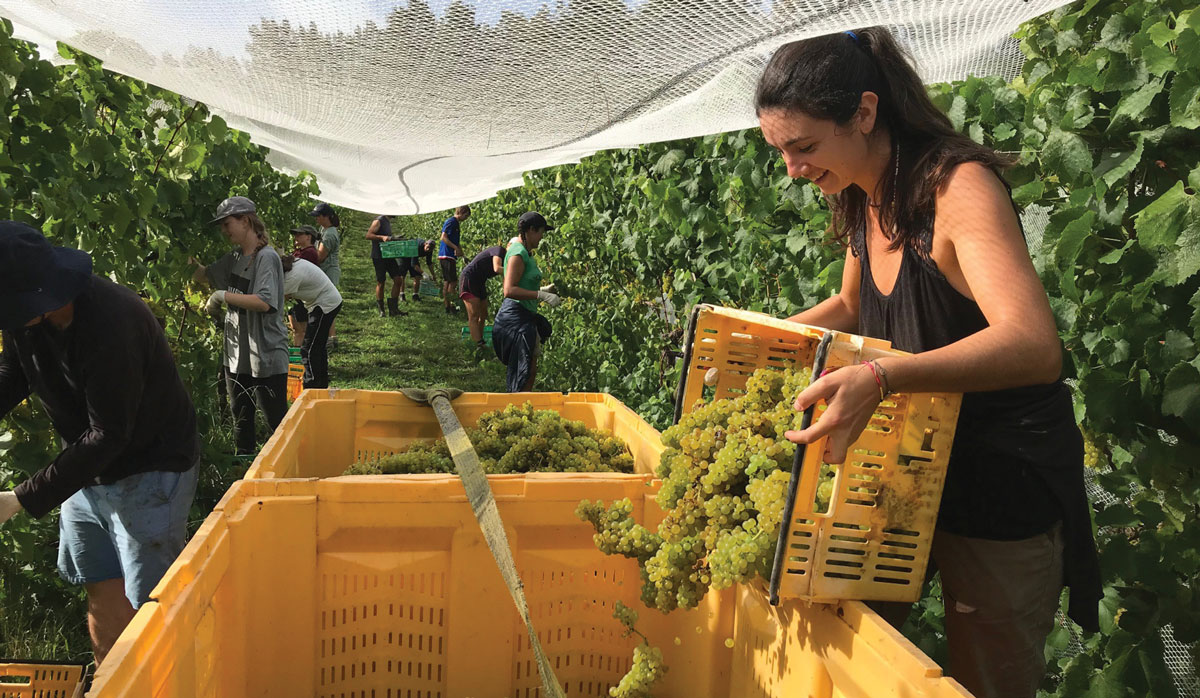 |
|---|
|
Sophie Vincent, Marsden Estate |
Rod makes wines for around 30 wine companies, from Mangawhai in the south of the region to Kaitaia in the north, and says access to coastal breezes defined the success of the vintage.
In general, he sums the season as a good one, which marks four in a row for Northland. "Over 30 vintages I have seen three in a row pretty regularly but not four in a row, so we've had a pretty good run."
Auckland
An "excellent" 2022 vintage came hard on the heels of three others for Auckland, "in a magnificent chain of four superb quality harvests", says Kumeu River Winemaker Michael Brajkovich.
The winter of 2021 was relatively mild, but quite wet, so the soil was well hydrated, says Michael. "Spring came early, and fortunately we managed to avoid any frost damage." Spring growth was "lush and rapid", requiring vigilant leaf removal, and flowering was ahead of a typical year.
A "quite dry" January allowed for excellent ripening conditions, and early February rain and high humidity were following by sunshine for the start of harvest on 8 February. "About that time there was also the threat of Cyclone Dovi bearing down on us from the northwest," says Michael. "Fortunately for us, the cyclone sailed past Auckland, well to the west, and we also managed to avoid any significant rainfall in its wake."
Harvest began with Crémant, with the table wine harvest starting a week later, "which was still very early by any historical standard", says Michael. With no rain, the hand picking team had "lovely conditions", with "beautifully pristine' fruit arriving at the presses, he adds. "It is a very expensive process, but well worth the cost and effort for the quality it brings." Harvest wrapped up on 13 March, well before the substantial rainfall that came the following week.
Michael says the Chardonnay wines are a standout for him, as "shining examples of the Kumeu style", and Pinot Gris is also very strong this year "with high sugar levels, and with some botrytis influence producing rich and textural wines".
Hawke's Bay
This season was a challenging one, with too much rain at all the wrong times, says Paritua Winemaker Jason Stent from Hawke's Bay. But it was also "an excellent learning opportunity" that has yielded some good results, including "fantastic" white wines. "Chardonnay and Sauvignon Blanc looks really good; Rosé looks lovely," Jason says, noting that the region's premium winemakers have faced some difficult vintages, learned a lot of lessons and developed tools "much more varied and better" than those on hand to 10 to 15 years ago. Viticulture has progressed a great deal too, so the region is better able to juggle the disease and logistical pressures of a challenging year.
Plentiful grass under the vines was an advantage at Paritua, Jason says, noting that it helped absorb some of the water, reducing the potential for berries to swell quickly. They also ensured good fruit exposure to the sun and the wind, with a lot less leaf in the fruit zone, he says.
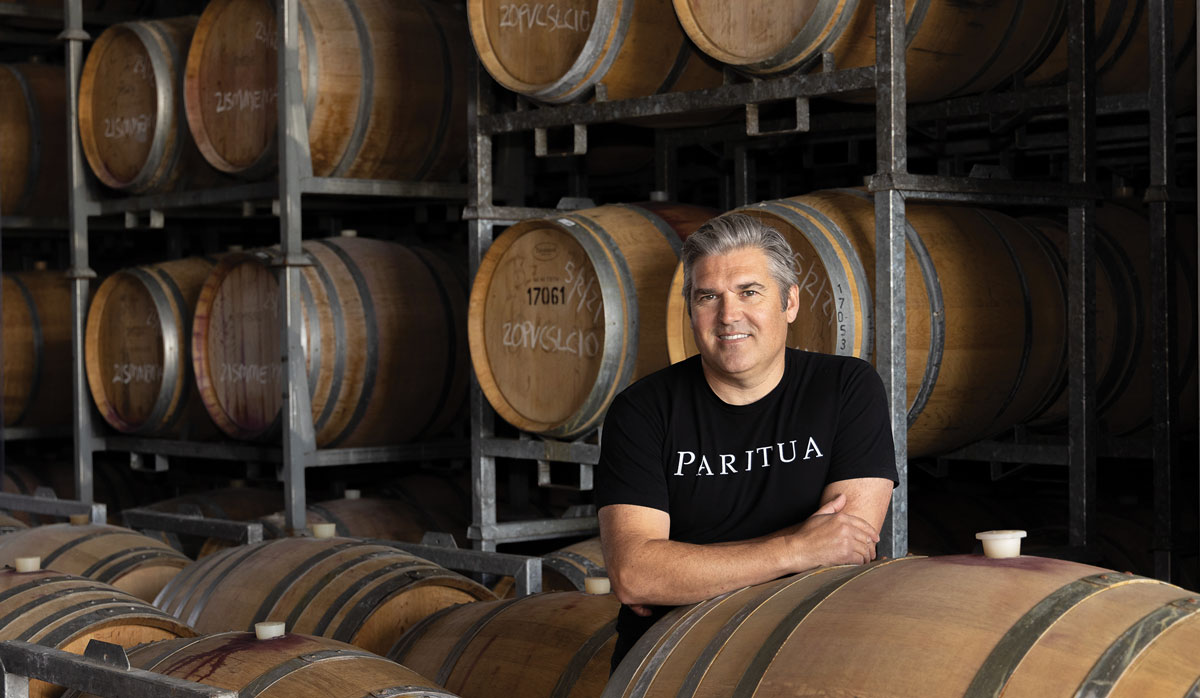 |
|---|
|
Jason Stent at Paritua |
It was the company's first fully organic year in the winery, which limited its options compared to previous vintages, but some excellent organic products proved very effective, he says, talking of tannins used to help stabilise colour, as well as warmer ferments than usual with shorter and warmer macerations in some cases, to get a little more extraction.
It was not a year to have a fixed approach to growing or making wine, says Jason, talking instead of "seat of the pants" reactions to unique challenges. "And I think the team did a very good job here."
Wairarapa
There was a "lot of excitement" in Wairarapa for most of the season, with "amazing fruit set" in spring and a "brilliant" start to sumer, says Dry River Winemaker Wilso Lam. Then three weekends in a row of February rain put a dampener on the year's Pinot Noir prospects.
Work at the sorting table protected the quality but hit the volumes of the red, says Wilco, who is nonetheless excited by the outlook for Dry River's white wines, "which made the season for us". Pinot Gris, Gewürztraminer, Chardonnay and Riesling are "phenomenal really", he says. "So they are making up for everything."
Wilco says the season shows how fragile Pinot Noir can be, and how much work goes into growing and making high quality examples, although "the good years are fantastic".
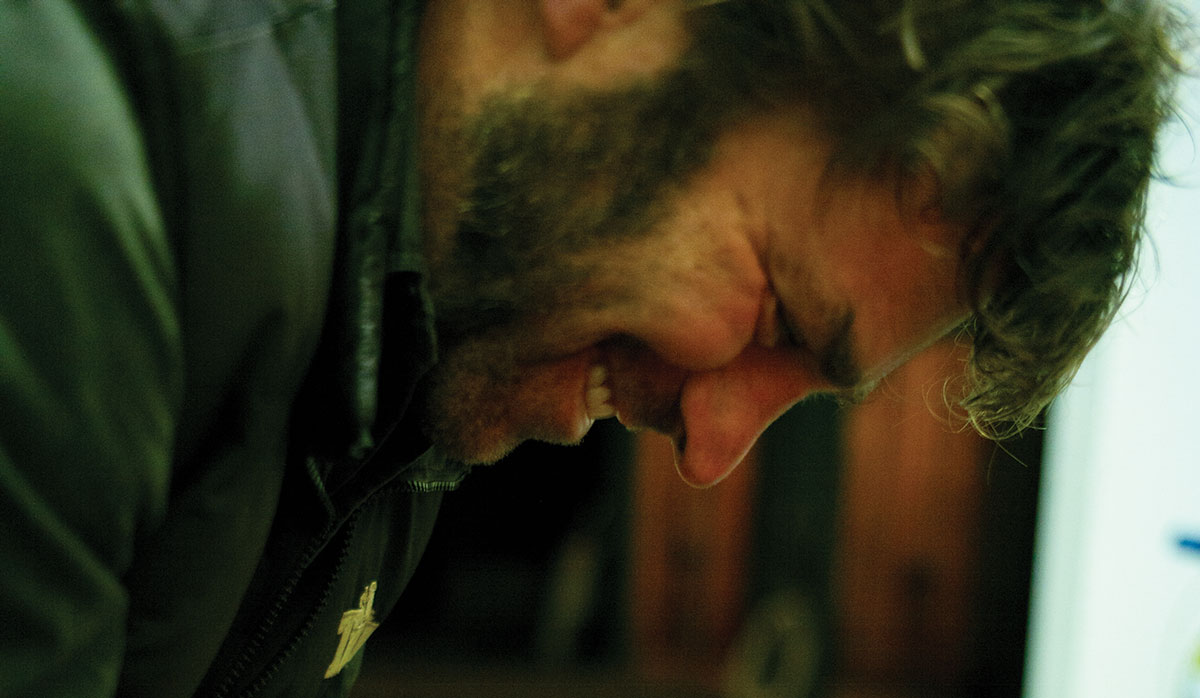 |
|---|
|
Wilco Lam. Photo by Richard Brimer |
The "niggly" rainfall was followed by clear weather, allowing for a more relaxed tail to harvest, leaving him "super excited" about the whites. Chardonnay is top of that list for him, particularly since demand in the past few years has been "exponential", with supply unable to meet demand. "We see how strong that variety is," he says. "Hopefully with a year like this, more people can enjoy it."
Gisborne
Growers with more than three decades experience in Gisborne's wine industry "have never seen a season like it", says the Chair of Gisborne Winegrowers of vintage 2022.
"It was tough," says Mark Thompson of a region beset by double and triple the normal rainfall for January, February and March, ramping up disease pressure in a year Covid-19 was already causing stress.
But growers who kept crops own, and had vigilant spray programmes, had far fewer issues than those who targeted big yields, and didn't drop compromised fruit in a timely manner says Mark, the Client Winemaker at GisVin.
With demand from growers to get fruit in, and at least 20% of staff away with Covid at any one time, one of the greatest winery challenges was in managing expectations, says Mark, talking of daily calls from concerned growers.
The season took its toll on industry members, with staff "shattered" by harvest's conclusion, following massive hours of relentless work, he says.
But despite all the challenges, the ultimate result is some pretty amazing wines. "That's a tribute to the team in the winery being able to throw the book at a few of the parcels of fruit coming in", says Mark, noting "standout varieties" of Chardonnay, early Sauvignon Blanc and some Gewürztraminer.
And he's positive about the outlook of the Gisborne wine industry, which is "in very good hands" with new growers putting down roots in the region.
Marlborough
"A really tricky season," says Hunter's Wines Senior Winemaker James Macdonald of vintage 2022. "We had a warm spring and hot, dry January then extremely wet February, so started seeing a bit of botrytis particularly with Pinot Noir." The companhy was able to harvest affected fruit early, for Sparkling wine and a Rosé, "which was a luxury", says James, left with the best of the fruit for his Pinot Noir. It was a season that demanded that kind of nimbleness. "You had to be flexible to get everything in." He says they were beginning "to think the worst", when stunning weather showed up for March and April, changing the outlook for the final leg of harvest.
Like many other producers in Marlborough, desperately low on stocks after very light 2021 yields, Hunter's went into spring with expectations of another small crop, says James. Good flowering and growing conditions turned that into a slightly bigger crop, then rain pressure dropped it back to average. But the winery was full, "so we were happy", he says. "We think the balance is about right between what we have markets for and what we have. You can't ask more much more than that." And he's keen to get wine bottled and on the water at the end of May, "as long as ships play ball".
Sauvignon looks very good and is set to be a "crowd please", but Chardonnay is the standout variety for James, having proved "bullet proof" in the tough season. That's had some people scratching their heads, as it can be sensitive in rain-afflicted years, but this year it sat there looking pristine, so we got to full maturity and hand picked a lot of it and made some really good wines sitting in barrel now".
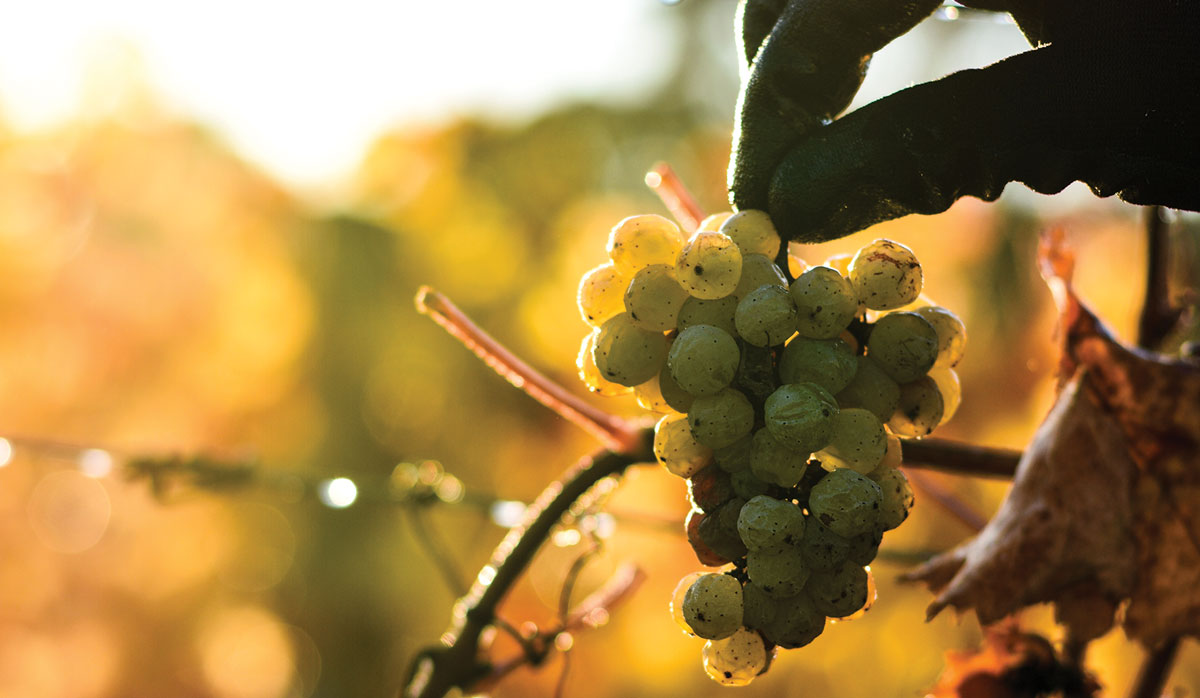 |
|---|
|
Spy Valley. Photo by Daniel Adriatico |
The hardest part of the seasn was the lack of skilled labour, he adds. "We didn't realise how reliant we are on trained young winemakers coming from all over the world to bring in our fruit. It makes such a difference when someone knows what a hose is and what a pump is." Like in many wineries this vintage, "winemakers were dragging hoses around, working 12 hours a day in the cellar like everyone else," he says. "Just to get through."
They have accepted that it's a long-term challenge, "because it's hard to say when those people will return to our shores", and Hunter's is looking at growing technology and gaining efficiencies in the winery to mitigate the impact.
Labour shortages bit in the vineyard too, with Covid isolation cutting the hand pick crew from 40 to four on one of the harvest days. "A morning pick turned into a three-day harvest", he says of the shortfall in pickers, while noting that those there did an "amazing" job. "They didn't have any supervisors or managers, and we couldn't go near them either."
Spy Valley Wines had its largest vintage for several years, with 2,438 tonnes. "Towards the end it became a game of chess, moving juice and new wines around the winery very strategically so that all tanks and barrels were full, and we could fit everything in," says Chief Winemaker Wendy Stuckey. That was done with a mix of full-time crew and higher number of inexperienced harvest crew than typical, "but they were young and enthusiastic", she says. "We worked around the clock for several weeks; the team rallied and we made it through."
Plant & Food Research weather expert Rob Agnew says "timing was everything" for Marlborough's 2022 vintage, noting growers "dodged a bullet, but not entirely". December rainfall coincided with flowering, creating latent botrytis infection that was awakened on some blocks by February rain, impacting early Sauvignon Blanc going through véraison, the onset of ripening in grapes.
The subsequent "very dry" period, from 20 February to 20 March, was a "godsent" that mitigated the impact, says Rob. "If it had contined to be wet over that four-week period it would have been very ugly."
Wine Marlborough General Manager Marcus Pickens says wine companies are delighted by a fruitful harvest, following the low yielding 2021 Marlborough vintage and continued high demand for the region's wines around the world - particularly its iconic Sauvignon Blanc. "Markets are eager to get their shelves and wine lists restocked with Marlborough wine and this higher yielding harvest was perfectly timed to satisfy that demand."
It's been a year of challenges, with supply pressures, labour shortages and global shipping issues causes companies stress, which was exacerbated by Omicron and weather threats this harvest, he says. "While these things look set to continue to disrupt us, there's a lot of relief that we successfully navigated vintage 2022."
Nelson
The vintage gets a "pass mark" from Nelson's Neudorf Estate, says General Manager and Winemaker Todd Stevens. Despite being nervous about "decent rain" over harvest, they didn't leave any fruit behind. "It was block by block at that point, depending on the clone or variety; some are more susceptible than others," says Todd, calling it a season for the nimble. "For us it's about hanging fruit out as long as you can."
They had just one block where disease pressure forced their hand, with "exceptional" weather from late February a welcome chaser to the rain. Having Covid-19 "lurking around" was another stress on the season, with a constant threat of "losing a big chunk of your labour force in one foul swoop". It was always at the back of his mind, but the company managed to "dodge that bullet", he says.
The 2021 harvest was a small one for Nelson, with a combination of frost and poor flowering knocking yields, as well as the hail that hit some blocks, so it wasn't hard to beat volume wise, says Todd. With a "significant step up", he's hopeful they will have enough wine to satisfy their markets.
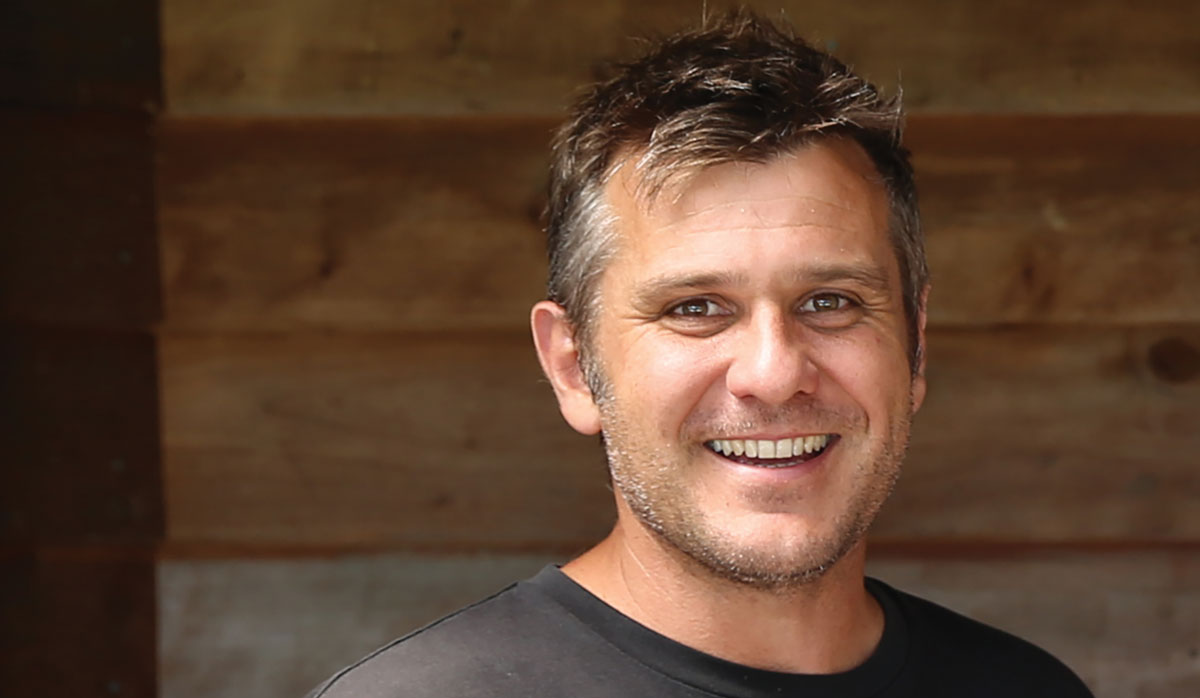 |
|---|
|
Todd Stevens |
The whites look particularly good, with the Chardonnay the season's winner at this stage, says Todd. "There's still some water to go under the bridge, but we're pretty happy with what we're seeing in the barrel at the moment."
North Canterbury
A combination of good luck and good planning resulted in a much better Waipara vintage than expected, says Pegasus Bay Winemaker Mat Donaldson. "Everyone is saying in retrospect, 'it was challenging, but we made some really good wines in the end'."
Flowering was "patchy" in North Canterbury, resulting in far less fruit thinning than previous years, and "the perfect fruit weight for the season", says Mat. "If we had more crop we wouldn't have got to the ripeness."
Rain between flowering and fruit set led to signs of botrytis in Pinot Noir and Chardonnay, resulting in careful picking decisions, based on condition rather than brix or phenological ripeness. They harvested those varieties earlier than typical, but Mat expects to make good 2022 Pinot Noir. "Sometimes the vintages that are not perfect make more interesting wines", says Mat, comparing wines from the likes of 2020 to supermodels, that are "almost too perfect". That's especially true of Pinot Noir, he adds, intrigued by the imperfections offered by 2022's harvest.
He's happy with the botrytis in his Riesling, which dried out in beautiful late March conditions and reached phenological ripeness before harvest, and predicts "some really nice Rieslings" from the season. The late spell of exceptional weather meant it "turned into a good vintage in the end", he adds, talking of Sauvignon Blanc hanging on the vine in the late summer sunshine. All in all, a year that could have been grim, but wasn't, he says. "There was a bit of luck, but also good planning and resourcefulness to bring the fruit in quicker."
Labour was a complicating factor leading up to vintage, but Pegasus Bay had three overseas work visas accepted as harvest approached, with one French and two Italian vintage workers - all experienced at the winery - flying in two weeks before harvest. Having already bolstered the cellar with New Zealanders, the three extra experienced staff members were a boon as Omicron threatened numbers, says Mat.
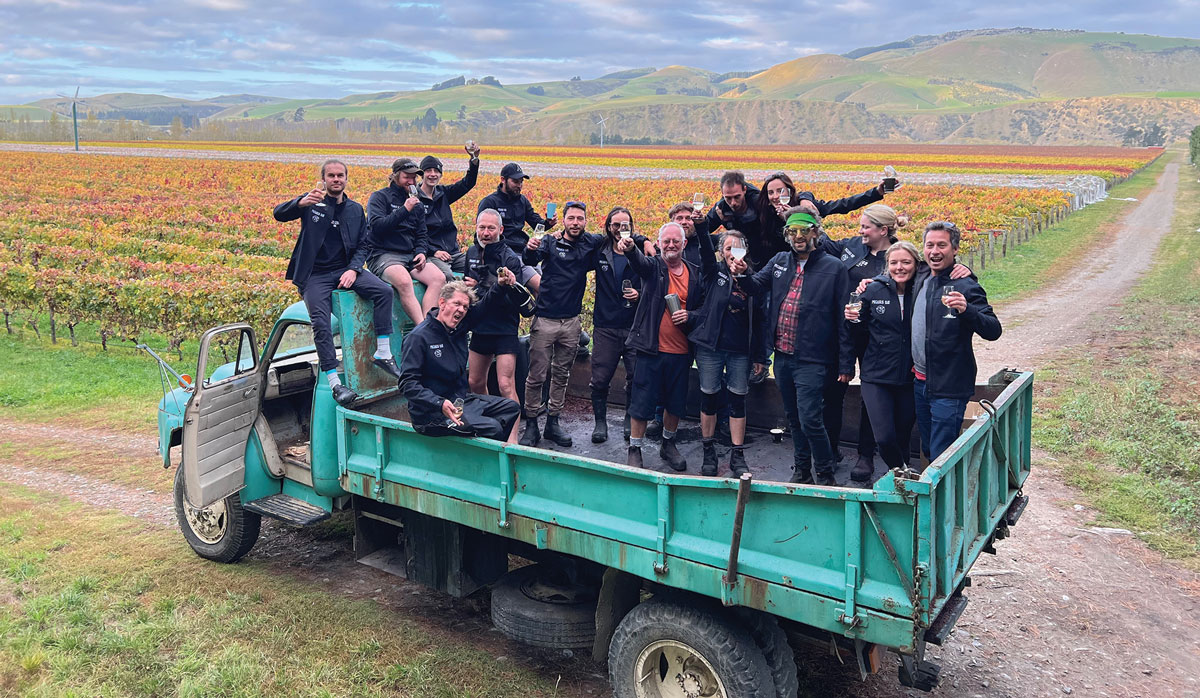 |
|---|
|
Pegasus Bay's 2022 harvest team |
They mitigated Covid’s threat in the vineyard as well, laying off contract hand pickers part way through to protect their permanent team, ultimately losing just four people in the vineyard to a week of isolation, along with Mat’s “right hand woman” in the winery.
Central Otago
Central Otago has enjoyed its third good vintage in a row, “and 2022 was probably for us the best of the lot of them”, says Peregrine Wines Chief Executive Fraser McLachlan, calling it a “fantastic” season for the Gibbston, Bendigo and Pisa subregions the company harvests from.
Last year Central Otago bucked the trend of low yields suffered by most of New Zealand’s wine regions, and this year’s crops were abundant once again, says Fraser, delighted with both quantity and “outstanding” quality across all varieties.
The season had a great “kick start” with good soil moisture in late 2021, as well as a warm December, followed by “a nice run all the way through”.
A tight labour market was the only rub, he says, but Peregrine managed to get through with just a “light” tickle up from Covid-19. “It certainly had an impact, but we managed to work around it.”
Fraser is buoyant about the region’s outlook, with “fantastic demand for the finished product” and a growing understanding of which sites work best. “Things are looking really good for Central Otago wine.”
Misha’s Vineyard Winemaker Olly Masters says the season has potential to be “one of the best” in terms of fruit and vine health. The Bendigo company started hand-harvesting on 28 March, with Pinot Noir for Rosé, and continued for the next month across varieties and blocks, reporting a “dream season” in terms of fruit quality and vine health with yields above the long-term average.
Condition held on well, largely thanks to vines holding on to leaf longer than is typical, says Olly. “Juice acid levels and pHs have generally behaved as expected given the warm season and come into line with flavour and tannin ripeness, malic acid levels have generally been lower due to the warm end of season, whilst sugar levels have also generally been a little lower than we often see, which is nice as this also allows for a little more elegance in the final wines.”
 |
|---|
|
Misha's Vineyard |
Misha’s Vineyard Manager Michelle Dacombe says the biggest concern of the season was staffing, with a lack of consistency in workers. “A huge issue has been the availability of workers locally and being able to hold onto people for any length of time with other vineyards and orchards offering very competitive pay,” she says, noting that many of the overseas workers they did manage to attract are struggling with being away from family, and working in a different field than they may have trained in. “Trying to build a good work environment whilst being productive has meant giving plenty of time off to casuals and occasionally leaving a task with less than desirable results as we haven’t managed to get back to it,” she says. “Thankfully, this hasn’t affected the fruit quality.”</>
Home Is Where The Harvest Is
Misha’s Vineyard took to the driver’s seat in tackling labour shortages this season, calling on campervan owners to converge in Central Otago.
Andy and Misha Wilkinson usually look to international backpackers to help with the harvest push, but with closed borders knew they would be caught short unless they drove change. “We’ve found it hard recruiting staff throughout our growing season and with harvest approaching we knew we needed a different strategy to find more people to help hand-harvest our grapes,” says Andy, who placed an advert for harvest helpers in a motor caravan magazine.
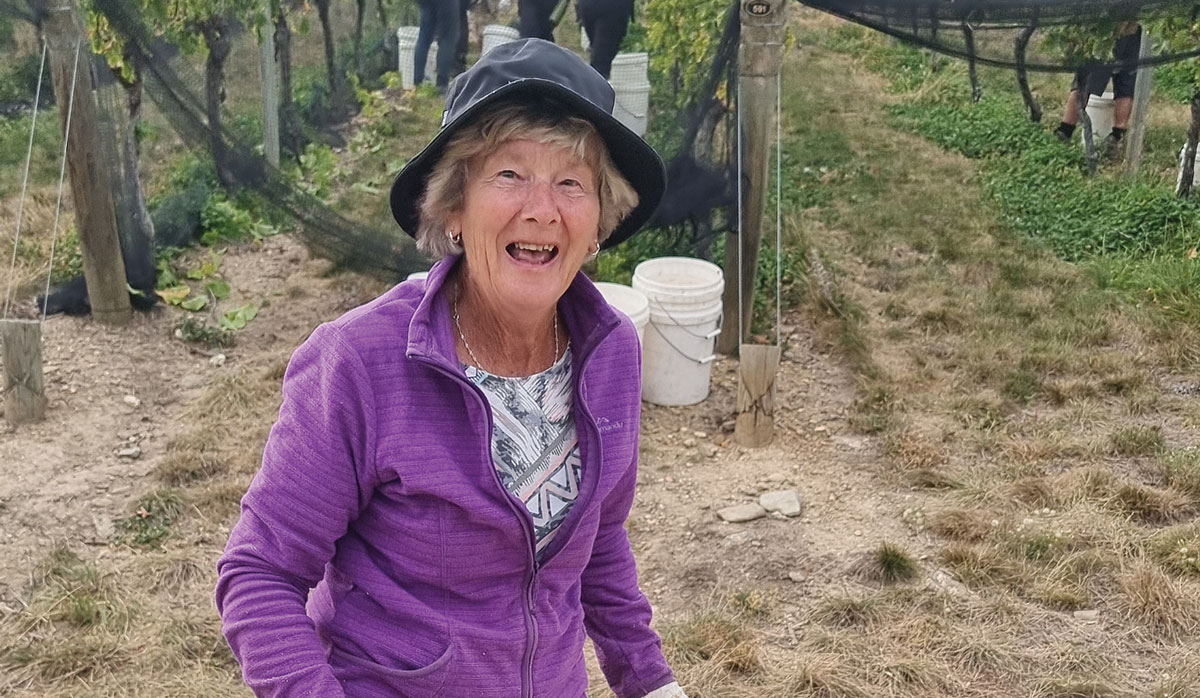 |
|---|
|
Shona Anderson was one of Misha's Vineyard's campervan crew. |
The Wilkinsons created a parking site on the higher terraces of their 57-hectare estate, putting in a water supply and a portaloo for their new crew. Misha says the initiative meant they had a ‘much older than usual’ crew, but no shortage of enthusiasm.

The end of the year is fast approaching, so here are some thoughts on a few of the significant developments…

OPINION: When I moved to Marlborough two decades ago, I found countless lines of tidy vines, neatly mowed and carefully…
The large 2025 harvest will exacerbate the wine industry's "lingering" supply from recent vintages, New Zealand Winegrowers Chief Executive Philip…
If you find a new consumer in a developed wine market, you are taking them from someone else, says Blank…
OPINION: Sauvignon Blanc was famously introduced to New Zealand by Ross Spence of Matua Valley, and then serendipitously planted in…